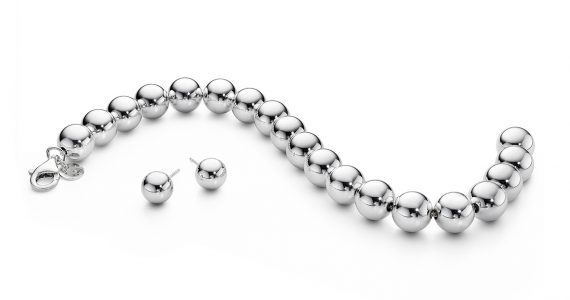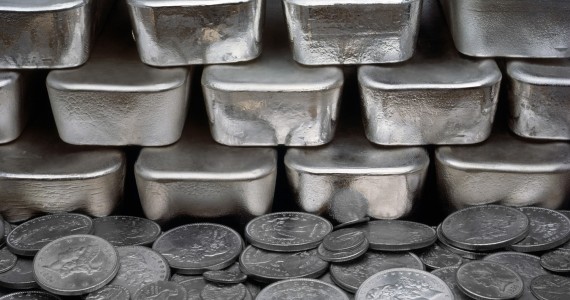Molybdenum is one of those metallic elements that few people have heard about. Well it is a metal, silvery white in color, very corrosion resistant and ductile. One of the most notable characteristics of molybdenum is its melting point is one of the highest among all elements. In fact only tungsten and tantalum have higher melting points.
Facts about Molybdenum
Molybdenum is a transition metal that can create compounds with other metals. Molybdenum makes up 1.2 ppm (parts per million) of the crust, though it isn’t freely obtained in nature. Molybdenite (molybdenum disulfide) is the major ore of molybdenum, but it can also be extracted from powellite (calcium molybdate) and wulfenite (lead molybdate).
Molybdenum is often obtained from mining tungsten or copper. Today this element is mined mostly in Chile, China, Peru and the US. Based on estimates by the Royal Society of Chemistry, over 200,000 tons of molybdenum is mined yearly.
Properties of Molybdenum
Assigned the atomic number 42 and the atomic symbol Mo, molybdenum has a density of 10.2 g per cu cm and atomic weight of 95.96. It has a solid phase at room temperature and has 24 isotopes. These isotopes have half lives with mass numbers from 86 to 110.
The most common isotopes of molybdenum are Mo-94 (9.2 percent), Mo-100 (9.6 percent), Mo-97 (9.6 percent, Mo-92 (14.8 percent), Mo-95 (15.9 percent), Mo-96 (16.7 percent) and Mo-98 (24.1 percent).
The melting point of molybdenum is 2,623 degrees Celsius or 4,753 degrees Fahrenheit and the boiling point is 4,639 degrees C or 8,382 degrees F.
History
Molybdenum, or to be more accurate molybdenum sulfide, was often mistook for lead or graphite ore due to its appearance. It was only in 1778 when Carl Scheele, a German scientist, proved that it was neither of the two and that it was actually a new metal.
However, Scheele lacked the furnace necessary to turn the solid to metal. It would take several years before the existence of molybdenum would be scientifically verified and accepted.
During the succeeding years, researchers continued to look for the new element in molybdenum, but it proved difficult. Finally, Swedish scientist Peter Jacob Hjelm combined molybdic acid, linseed oil and carbon. This mixture was heated and allowed the metal to come through. In 1781 the Royal Society of Chemistry formally announced the discovery.
Molybdenum as Micronutrient
This metal can be found in various types of enzymes including nitrogenase. This enables nitrogen to get into the atmosphere where it is transformed into compounds that make it possible for humans, animals, plants and bacteria to us and synthesize proteins.
The main purpose of molybdenum in people is as an enzyme catalyst, essential to break down the body’s amino acids. Molybdenum is used by plants for nitrogen fixation and various metabolic procedures.
What makes molybdenum different is it is very soluble in alkaline and less so in acidic soils. This makes the molybdenum ideal for plants that need specific drainage and pH levels. Some plants for example, can contain up to 500 ppm of molybdenum. The lack of molybdenum could also leave soil dry.
The Uses of Molybdenum
While molybdenum is essential for living organisms, it is has many commercial applications. This metal can be used to create alloys that have greater resistance to corrosion and wear. Molybdenum is also used to create alloys with enhanced strength and greater ability to conduct electricity.
Some amounts of molybdenum is used in boiler protective coating, circuit board ink and lubricant additives. This metal is also used in electric heater filaments, saw blades, drills, engine components and missiles.
Molybdenum is also used in petroleum products as a catalyst. As mentioned earlier, molybdenum has a very high melting point that makes it ideal for various applications. Many products that require lubrication in high temperatures will benefit from this.
In instances where oils and other products may be vulnerable to fire, molybdenum sulfides will be useful in fortifying them. Molybdenite was also used for making pencils. Due to its appearance, the material was often mistaken for graphite. Today molybdente is used for making nickel alloys. These are specialized metals with a high level of heat resistance and can handle various chemical solutions.
Another reason why this metal is widely used is that it isn’t as rare as others. The atomic weight of molybdenum is also half that of tungsten, and that’s the reason why this is often used as an alloy instead of that metal. The effect of molybdenum and tungsten are the same, but the lighter atomic weight gives molybdenum the edge.
Conclusion
Molybdenum is one of the lesser known metals, but that doesn’t change the fact that this is one of the most important. As a micronutrient is vital for life, and its properties allow for its use in various applications.








